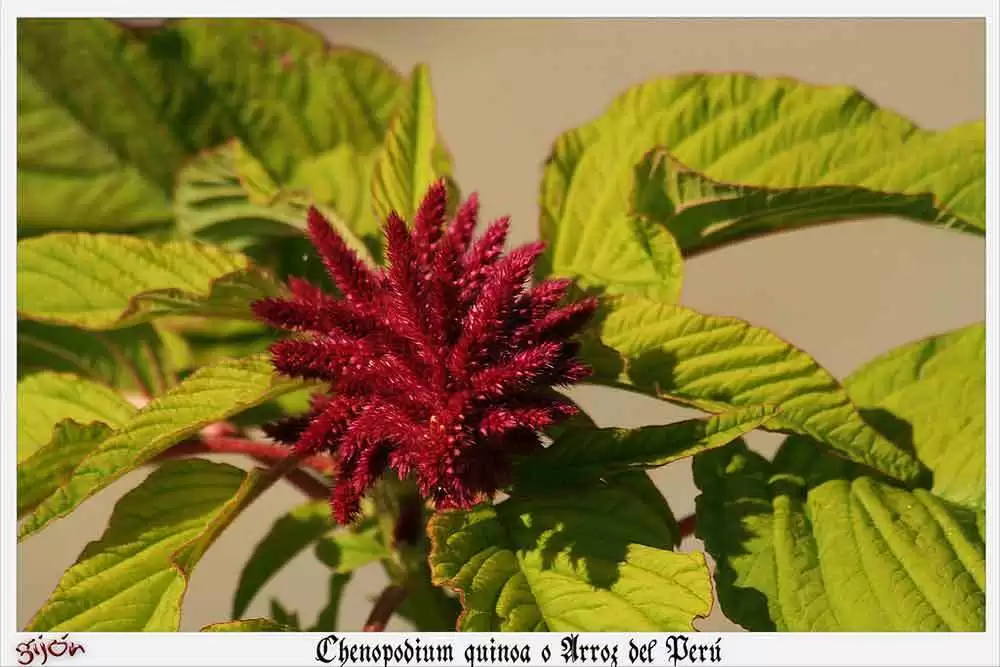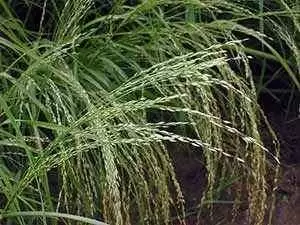Celiac.com 10/26/2009 - With the ever-increasing awareness of celiac disease comes an expanding market of gluten-free options. The days of lengthy supermarket trips spent pouring over labels has given way to the tiny oasis of the “gluten-free” section is many grocery stores.
While this section is still limited in many respects, the food production industry as a whole has become aware of the need to cater to the expanding gluten-free community. Gluten-free snacks, prepackaged meals, and baking supplies are no longer elusive, and the variety is continually expanding. While rice, potato, and corn flours are common strongholds in a Celiac’s kitchen, there is now a new wave of flavorful flours from Peru making their way into the United States.
Celiac.com Sponsor (A12):
Many Peruvian heritage grains, dating back to pre-Incan times, have been found to be naturally gluten-free and incredibly nutritious. The first wave of these grains and flours to hit the U.S. market come to us from Zocalo Gourmet. Marching to shelves are kaniwa, mesquite, purple corn, and sweet potato flours. Each has a distinct flavor and “personality” that is sure to delight any gluten-free baker and reinvigorate their favorite recipes.
Kaniwa is a species of goosefoot, closely related to quinoa. This tiny grain is packed with protein and has an Earthy taste that lends itself well to breads, pancakes, and muffins.
Mesquite is also protein rich and imparts a warm, sweet, slightly smoky taste on foods while enhancing the flavors of cinnamon, chocolate, caramel, and coffee. Adding mesquite flour to your favorite recipes will transform their flavor and put a completely new spin on your old favorites.
Purple Corn can be used in any recipe calling for traditional corn meal or flour while providing an antioxidant boost. Although similar in nutrition to yellow corn, purple corn contains substantial amounts of phenolics and anthocyanins, among other phytochemicals, which gives the corn its vibrant color. Its main colorant is cianidin-3-b-glucosa which is a known antioxidant. The high anthocianin content does not degrade with heat exposure.
Sweet Potato is a velvety flour that holds moisture well, imparts a subtle sweetness on baked goods, and is incredibly versatile.
With these flours come more complete flavor and nutritional profiles for the gluten intolerant. To learn more about these flours and how they can be used check out:
Open Original Shared Link
and
Open Original Shared Link









Recommended Comments